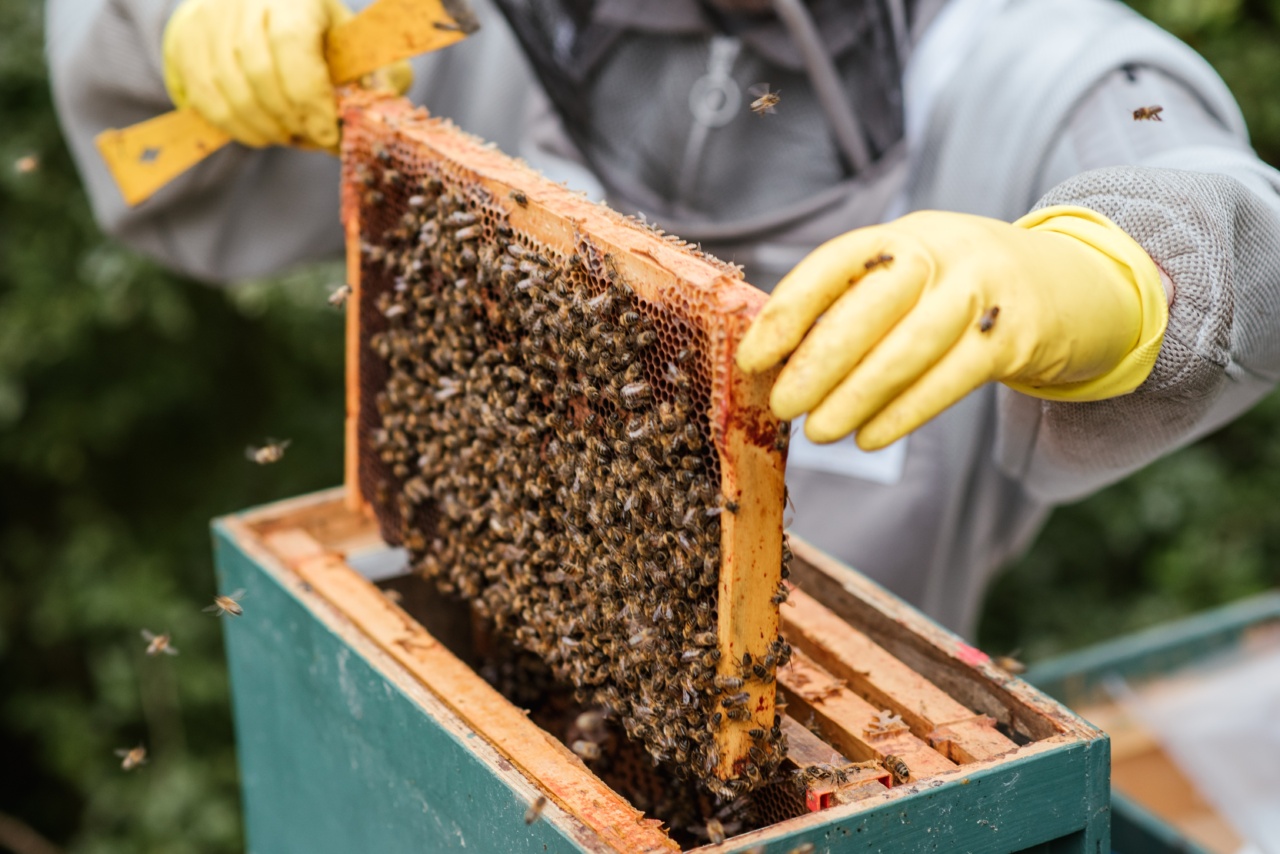Food allergies affect millions of people worldwide and can range from mild discomfort to life-threatening reactions. It is important to understand the prevalence of food allergies and take necessary precautions to keep yourself safe.
In this guide, we will explore the prevalence of food allergies, common allergens, and ways to protect yourself.
Prevalence of Food Allergies
The prevalence of food allergies has been on the rise in recent years. According to the CDC, an estimated 32 million Americans have food allergies. This equates to roughly 1 in 10 adults and 1 in 13 children.
The prevalence of food allergies is also increasing in other parts of the world.
Food allergies can develop at any age, and there is no cure for them. The only way to prevent an allergic reaction is to avoid the allergen. The most common food allergens include peanuts, tree nuts, shellfish, fish, milk, eggs, wheat, and soy.
These allergens account for more than 90% of all food allergies.
Understanding Food Labels
Foods that contain allergens are required by law to be labeled as such. It is important to read food labels carefully to identify potential allergens. Look for the words “contains” followed by the name of the allergen.
If you are unsure whether a food contains an allergen, it is best to avoid it.
Some foods may be labeled as “may contain” or “processed in a facility that also processes” a certain allergen. While these warnings are not legally required, they are often included as a precaution.
It is up to the individual to decide whether to consume these foods.
Cross-Contamination
Cross-contamination can occur when an allergen comes into contact with a food that does not contain the allergen. This often happens in restaurants or food manufacturing facilities.
It is important to ask about the preparation methods and potential for cross-contamination before consuming any food.
To reduce the risk of cross-contamination at home, it is important to thoroughly wash all utensils, cutting boards, and dishes that come into contact with allergens.
It may also be helpful to have separate cooking utensils and dishes for allergen-free meals.
Symptoms of an Allergic Reaction
Symptoms of a food allergy can range from mild to severe. Mild symptoms may include itching, swelling, and hives. More severe symptoms may include difficulty breathing, a rapid heartbeat, and anaphylaxis.
Anaphylaxis is a life-threatening reaction that requires immediate medical attention. Symptoms may include difficulty breathing, a sudden drop in blood pressure, and loss of consciousness.
Protecting Yourself from Allergic Reactions
To protect yourself from allergic reactions, it is important to identify your allergens and avoid them. Carry an epinephrine auto-injector with you at all times, especially if you have a history of severe allergic reactions.
This device can quickly deliver a dose of epinephrine in case of an allergic reaction.
Make sure to inform your family, friends, and coworkers about your allergies and what to do in case of an allergic reaction. It may be helpful to wear a medical ID bracelet or necklace that identifies your allergies.
Conclusion
Food allergies are a serious health concern that affect millions of people worldwide. It is important to understand the prevalence of food allergies, common allergens, and ways to protect yourself.
By taking necessary precautions and being prepared, you can minimize the risk of an allergic reaction and stay safe.































